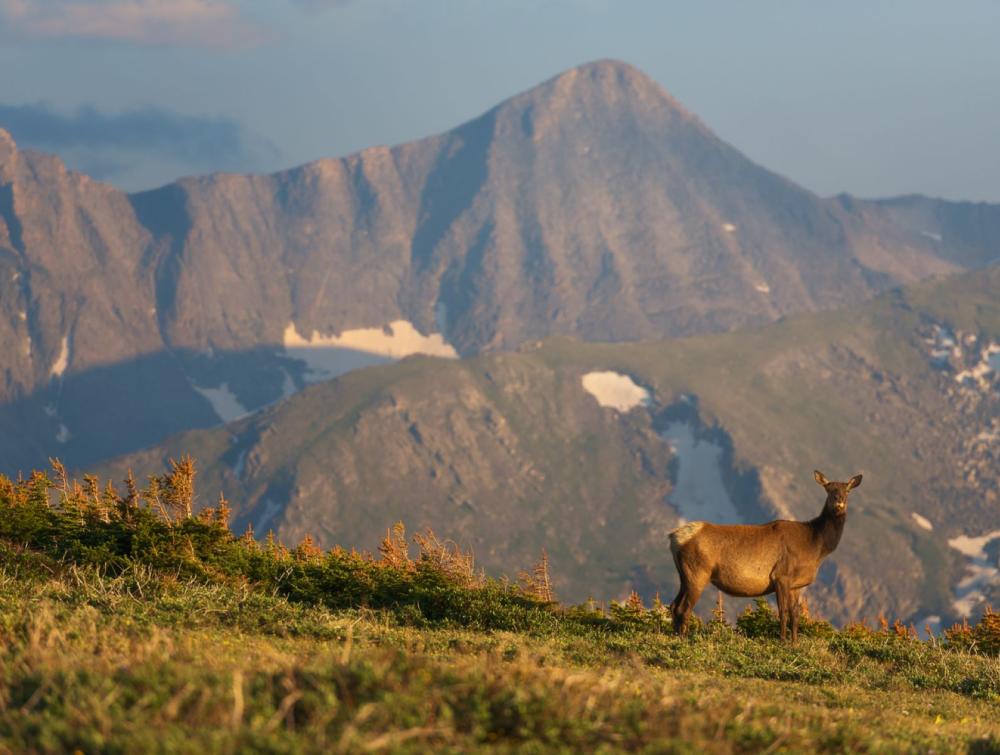New report highlights the renewable energy potential of US public lands

Mason Cummings
Renewable energy projects in the right places can protect key wildlife habitat, help stabilize our economy and fight climate change
A new report by The Wilderness Society and Yale Center for Business and the Environment details how responsible renewable energy development on US public lands offers an immediate opportunity for the US to build a new sustainable energy infrastructure.
According to Key Benefits of Renewable Energy on Public Lands, as of 2019, there were 96 utility-scale solar, wind and geothermal projects operating on public lands with more than 5,000 MW of capacity, enough to power over 2 million homes. But the report details how 700,000 acres of prescreened public lands already designated by the Bureau of Land Management for responsible development could accommodate hundreds more utility-scale solar and wind projects with tens of thousands of megawatts of potential capacity.
All of this comes at a time when the coronavirus pandemic is magnifying the environmental, public health and economic pitfalls of depending on fossil fuel energy, forcing global leaders to take a serious look at renewable energy.
“To move toward a more stable economy, cleaner environment and healthier communities, we need to free ourselves from the boom-bust cycles and widespread contamination of our air, water and climate caused by fossil fuel production. It doesn’t have to be this way,” said Alex Daue, assistant director for energy and climate at The Wilderness Society. “Our country should be investing in responsible renewable energy development on public lands, rather than doubling down on the fossil fuel economy.”
Solar and wind energy development is now more cost competitive with fossil fuels than ever before. Unsubsidized costs for 2019 of utility-scale PV thin film was $32-$42/MWh and wind was $28-$54/MWh, compared to coal cost of $66-$152/MWh and natural gas combined cycle cost of $44-$68/MWh.
The economic and environmental benefits of taking a smart approach to development – focusing projects in lower-impact locations and avoiding key wildlands, wildlife habitat and cultural resources – are also detailed in the report. A case study on the success of the Dry Lake Solar Energy Zone, located in Nevada, shows how the smart approach resulted in projects being approved in less than half the average time while limiting and offsetting impacts.
ADDITIONAL RESOURCES:
Fact Sheet - Renewable Energy and Public Lands (National)
Fact Sheet - Renewable Energy and Public Lands (Nevada)
CONTACT:
- Alex Thompson, Senior Communications Manager, The Wilderness Society, (202) 429-3940, alex_thompson@tws.org
The Wilderness Society is the leading conservation organization working to unite people to protect America's wild places. Founded in 1935, and now with more than one million members and supporters, The Wilderness Society has led the effort to permanently protect 111 million acres of wilderness and to ensure sound management of our shared national lands. www.wilderness.org
